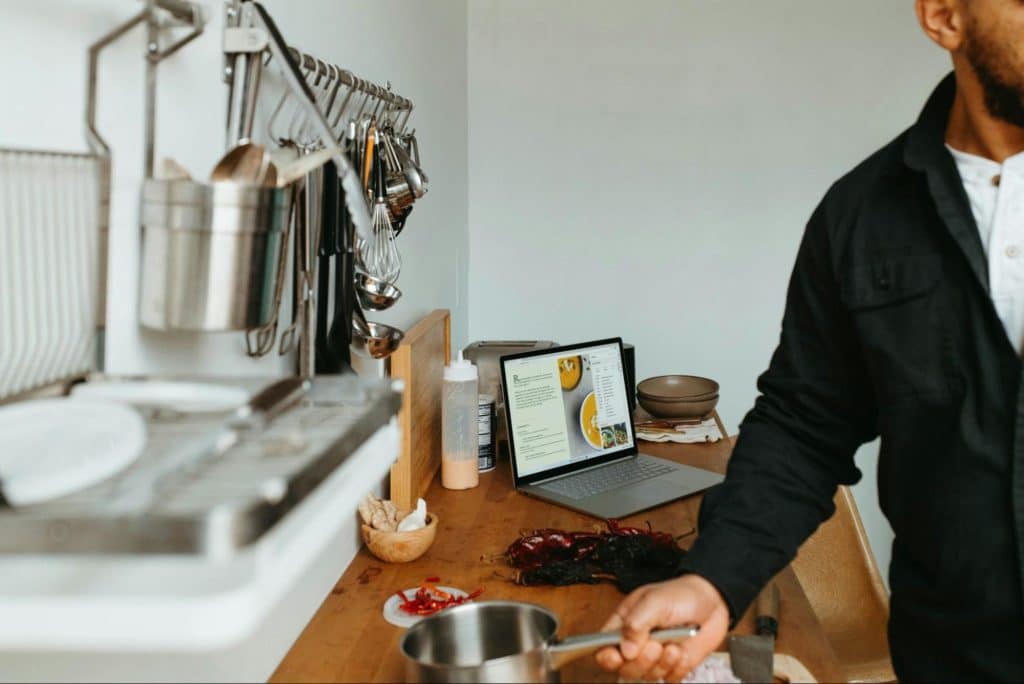
When someone you love is going through something heavy, the instinct to fix it can feel overwhelming. But most of the time, she doesn’t want a solution, she wants support. The most powerful gesture is often just showing up and holding space. Understanding how to be present, empathetic, and grounded makes a real difference. Here are 20 quiet yet powerful ways to support her without turning the moment into a project.
Sit Beside Her Without Filling the Silence

Sometimes silence is sacred. Sitting next to her without rushing to fill the void gives her the space to breathe and feel. It shows you’re not uncomfortable with her emotions. This quiet presence can feel more reassuring than any pep talk. It communicates patience and safety.
Ask, “Do You Want to Talk or Just Sit Together?”

This simple question respects her emotional boundaries. It lets her choose the pace and the form of your support. Sometimes she needs to vent, other times she just wants company. The act of asking shows awareness, care, and a lack of assumption.
Offer Physical Comfort Without Demanding Words

A hand on her back, a warm hug, or just holding her hand can go a long way. Physical connection can say, “I’m here,” without any pressure to speak. These small gestures create emotional anchors. Touch, when respectful and welcome, grounds her in the moment.
Bring Her Water, Tea, or Something Nourishing

Acts of service show attentiveness. Offering her a drink or snack, especially when she hasn’t asked, can feel like a quiet kind of love. It tells her you’re thinking about her wellbeing. Comfort sometimes starts with the basics.
Let Her Be Angry Without Taking It Personally

Emotions come in waves, and anger can be part of healing. Let her express frustration without trying to soothe or redirect it too soon. Stay grounded and listen without defensiveness. This builds emotional trust and resilience.
Validate Her Feelings, Not the Problem

She may not need you to agree with her assessment, she just wants to know her feelings are real. Saying “That sounds really hard” or “I can see why you’re feeling that way” matters more than solving the issue. Validation is about emotional truth, not facts.
Keep Eye Contact Without Staring Her Down

A soft, steady gaze creates emotional safety. It shows you’re engaged and open. Avoid looking at your phone or being distracted. Your presence starts with your attention.
Let Her Cry Without Interrupting

Tears can be a release, not a breakdown. Letting her cry without rushing to comfort or fix can be incredibly healing. Just being there while she processes the emotion speaks volumes. Let the silence do its job.
Offer Small Choices When She Feels Stuck

Decision fatigue often hits when emotions run high. Offering simple choices, “Do you want to eat something or rest?”, can bring back a sense of agency. It’s supportive without being overbearing. Empower her subtly.
Do a Mundane Chore Without Being Asked

Emotional weight can make even small tasks feel massive. Doing the dishes, folding laundry, or tidying up without prompting is a loving gesture. It reduces her burden without drawing attention to yourself. Quiet care in action.
Let Her Change the Subject

Sometimes, she needs a break from her own emotions. If she suddenly wants to talk about something else, follow her lead. This shows you trust her process. Healing isn’t always linear.
Say “I’m Here for You” and Mean It

Words matter when they’re backed by presence. A sincere “I’m here for you” can be an emotional anchor. Repeat it when necessary, even when she doesn’t respond right away. It reinforces safety and stability.
Support Her Self-Care Without Pushing It
Gently suggesting a bath or a walk is different from insisting. Respect her pace. Sometimes suggesting self-care feels like judgment; the key is in tone and timing. Offer without expectation.
Stay Calm Even If She’s Not

Matching her stress with your own can escalate the moment. Staying calm doesn’t mean being emotionless, it means being steady. Your emotional regulation becomes her support net. Hold space by holding steady.
Remind Her of Her Strength, Without Pressure

Affirm her resilience without implying she needs to “be strong.” It’s about honoring the strength she already carries, not demanding more. Reminders like “You’ve gotten through hard things before” are gentle and empowering.
Keep Showing Up After the Breakdown

Support isn’t just about crisis moments. Check in the next day. Ask how she’s feeling later in the week. Ongoing presence proves that your care isn’t conditional on drama or breakdowns.
Respect Her Need for Space Without Disappearing

Sometimes the most supportive thing you can do is step back, briefly. Let her know you’re available when she’s ready. Don’t take space as rejection. It’s often part of her process.
Don’t Share Her Struggles with Others

Respecting her privacy is part of supporting her trust. Unless she asks for help or agrees to it, keep what she shares between you. Safety grows in silence. Protect her vulnerability.
Let Her Feel Without Rushing the Solution

Healing isn’t a checklist. Don’t nudge her toward a better mood or quicker rebound. Let her feel what she needs to feel. Your patience tells her she’s allowed to be fully human with you.
Conclusion – Being Steady Beats Being Smart

When she’s struggling, she doesn’t need a genius. She needs someone steady, safe, and present. Showing up without trying to fix her isn’t passive, it’s powerful. These small, consistent gestures create the space she needs to breathe, feel, and eventually rise again. Be her calm, not her answer.






Ask Me Anything